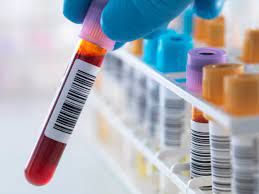This is how the AI article summary could look. Lorem ipsum dolor sit amet, consectetur adipiscing elit, sed do eiusmod tempor incididunt ut labore et dolore magna aliqua. Ut enim ad minim veniam, quis nostrud exercitation ullamco laboris nisi ut aliquip ex ea commodo consequat.
What are normal U&E levels?

What are U&Es?
They are a common group of blood tests that assess:
- Mineral (electrolyte) levels
- Kidney function – including GFR and CKD stage
- Acid-alkali balance.
- Sodium (Na) = 135-145 mmol/L. A sodium <125 or >150 requires treatment today. Low or high can affect the function of the brain. If very low or high, the patient can become drowsy or even unconscious
- Potassium (K) = 3.5-5.3 mmol/L. A potassium <3.0 or >6.0 requires treatment today. Low or high can affect the function of the heart (and even stop)
- Chloride (Cl) = 95-105 mmol/L
- Bicarbonate (Bic) = 22-28 mmol/L (venous). Low indicates high acid/low alkali levels (acidosis), high indicates low acid/high alkali levels (alkalosis)
- Urea (U) = 3-7 mmol/L. High in CKD or AKI. If >50, you need a reason not to have dialysis
- Creatinine (Creat) = 60-120 μmol/L. High in CKD or AKI. If >500, you need a reason not to have dialysis
- eGFR = 90-120 ml/min/1.73m². Low in CKD. This enables your CKD stage to be calculated.
